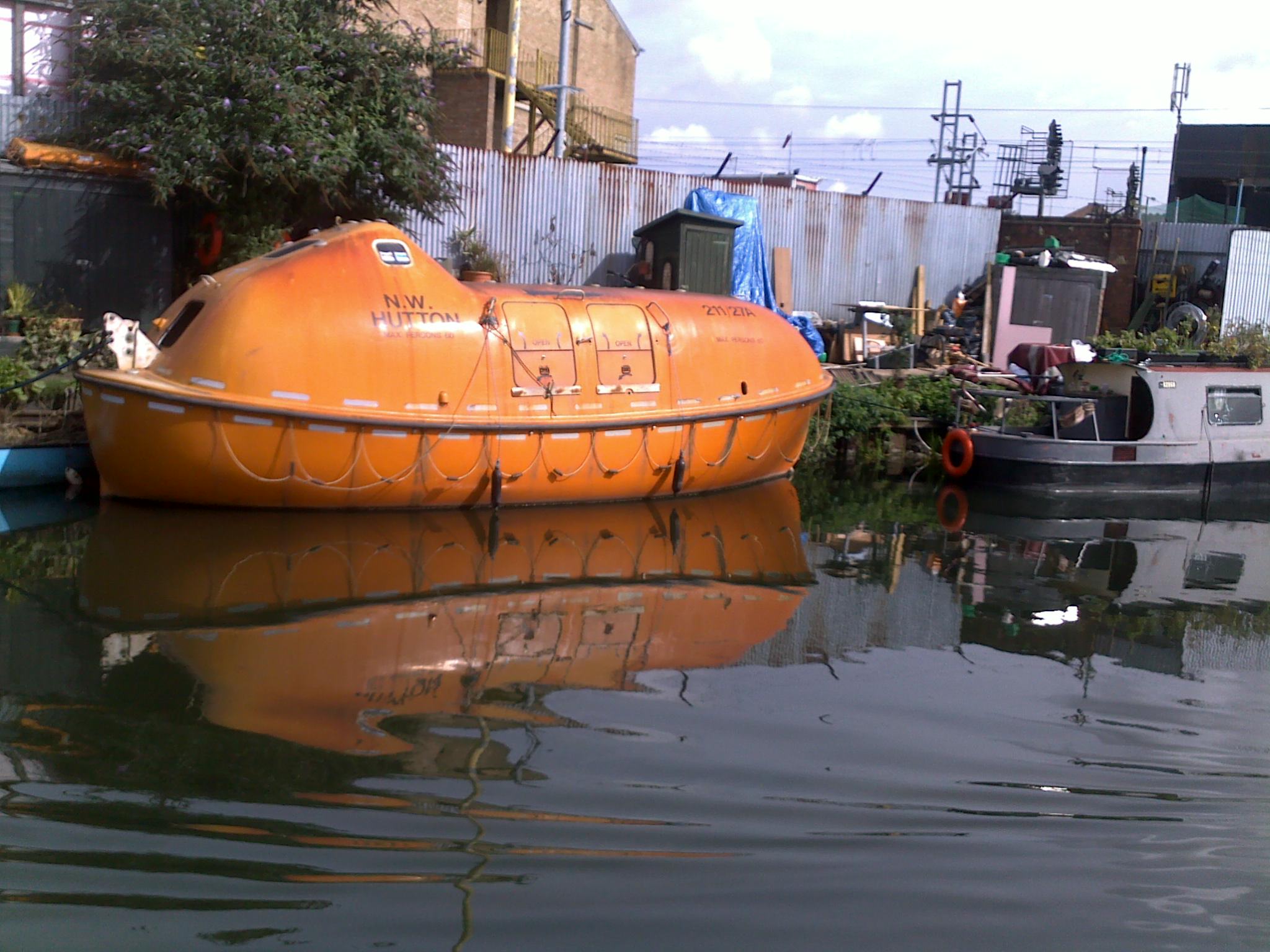
You will want to draw as much attention to your boat as you can. Once you have settled in the lifeboat held in position with the sea anchor, the hope is that rescue will come quickly. Obviously these are provided primarily for getting the water out of the boat but you can always tie a bucket to the end of the spare painter and you’ve got an improvised sea anchor.

You have a buoyant bailer and two buckets. In case the sea anchor breaks, you can improvise with some of your other equipment. Adding the resistance from a sea anchor to the forward end will keep your bow pointing into the weather, it makes the boat more comfortable and slows your rate of drift away from the ship’s position. When there’s any wind, the boat will tend to get blown along. A sea anchor is like a large cloth bucket that’s designed to stream ahead of the lifeboat. To maintain the boat’s position near the ship, you will have to deploy the Sea Anchor. If you know land is in a particular direction, you can use the illuminated magnetic compass that’s provided to make your way there, otherwise it’s best to stay close to where your ship sank because that’s the most likely place for rescuers to start searching. So, now you have got away and your attention turns to preparing the boat for survival. You’ll likely need to release that painter to get away, hence the spare, it gives you a line that can be used for anything, like towing life rafts, etc. The idea is that should the lifeboat need to launch when the ship has headway, the painter will keep it pointing forwards, so that it doesn’t capsize. You’ll actually be provided with two painters, in the stowed position on a ship, a painter will be permanently attached to the forward end of the lifeboat. When it’s time to launch the lifeboat, the next thing you will use is the painter. Even if you don’t usually get seasick, you should still take yours because it only takes one person in a hot smelly boat, and you trigger a chain reaction. It’s absolutely critical to take them for the simple reason that it reduces loss of fluids. The lifeboat will have sufficient to give everyone 48 hours worth.

One of the first things you will find even before leaving the ship are anti-seasickness tablets. Let’s take a look at all the equipment that you would find inside almost all types of lifeboats. In case the engines break, they need to have sufficient oars to make headway in calm seas, saying that, free-fall lifeboats don’t need to have oars, that makes sense because they would cause serious damage during the launch. It tells us, for example, that lifeboats must be able to travel fully loaded at 6 knots for 24 hours or 2 knots when towing a fully loaded 25 person life raft.
#Modern lifeboat code
The code tells us about all sorts of life-saving equipment like Life Jackets, Lifebuoys, Immersion suits, flares and the Survival Crafts. It’s actually written down in International law in a publication called the International Life-Saving Appliance code (LSA Code). Whether it’s a partially enclosed lifeboat on a cruise ship or a free-fall lifeboat on a chemical tanker, the equipment you will find inside is broadly the same. If you are on a ship that’s about to sink, have you ever wondered what equipment or supplies you would have to survive in a lifeboat? Nowadays, ships always carry enough survival craft for everyone onboard.


 0 kommentar(er)
0 kommentar(er)
